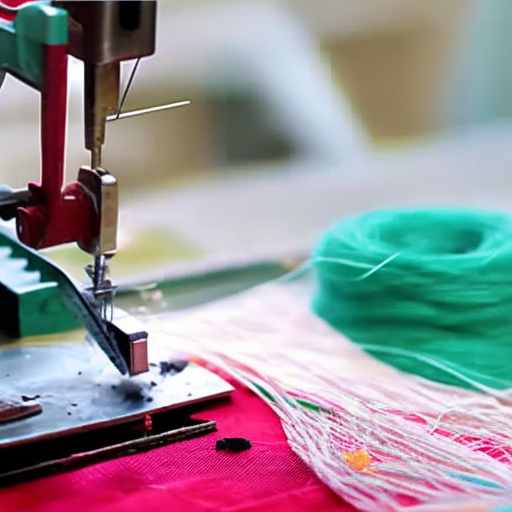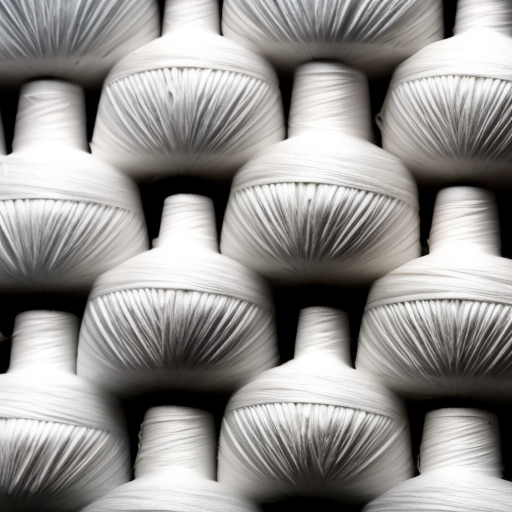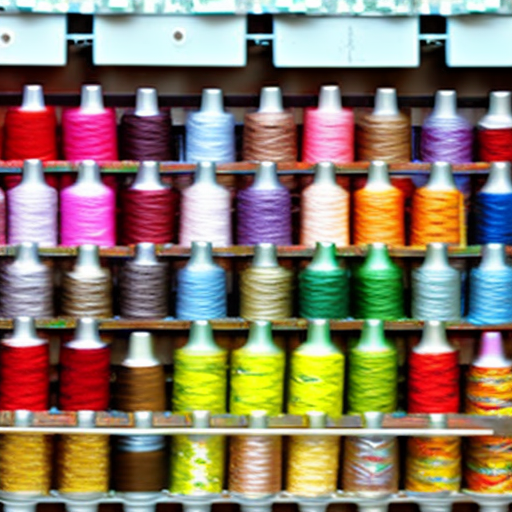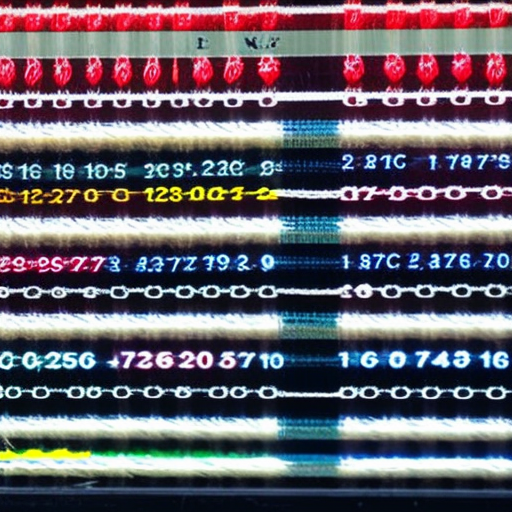
Sewing thread is an essential component in the textile industry, used for stitching fabric pieces together. It plays a pivotal role in the quality and durability of the final product. Ever wondered how this vital thread is made? Let’s dive into the fascinating process!
1. Raw Material
Sewing thread is usually made from either natural fibers, such as cotton or silk, or synthetic fibers, such as polyester or nylon. These raw materials undergo further processing to transform into threads suitable for sewing.
2. Spinning
The raw fibers are first subjected to a spinning process. In this step, the fibers are drawn out, twisted, and spun into long continuous strands. This spinning process gives the thread its strength and integrity.
3. Coloration
After spinning, the thread is typically white or off-white, lacking any color. To match the desired shade, the thread undergoes a dyeing process. Dyeing can be done at various stages to ensure the color consistency throughout the length of the thread.
4. Finishing
Once the thread is dyed, it goes through a finishing process to improve its properties. This may include applying a lubricant to reduce friction and tangling or adding a protective coating to enhance durability. The finishing process also helps in achieving a uniform appearance of the thread.
5. Winding
Next, the finished thread is wound onto spools or cones to prepare it for packaging and later use. The winding process ensures that the thread is neatly arranged, preventing tangles and allowing for easy unwinding during sewing.
6. Quality Control
Prior to distribution, the thread undergoes rigorous quality control checks to ensure it meets industry standards. These checks include examining thread thickness, tensile strength, colorfastness, and overall durability. Only threads that pass these stringent tests are deemed fit for sale.
7. Distribution
After successful quality control, the sewing threads are packaged and distributed to various retailers, manufacturers, and individuals who utilize them for a wide range of sewing projects.

Now that you know how sewing thread is made, you can appreciate the craftsmanship and effort involved in its production. The thread’s journey from raw material to the final spool is a testament to the intricacies of the textile industry.





Fascinating article!
Tarek Riebed: Incredible!
Jill Fabela: Unbelievable!
Amazing! This article gives an in-depth look into how an everyday item is made – from the spinning of the yarn to the dyeing of the thread, this is truly a remarkable process! #sewing #thread